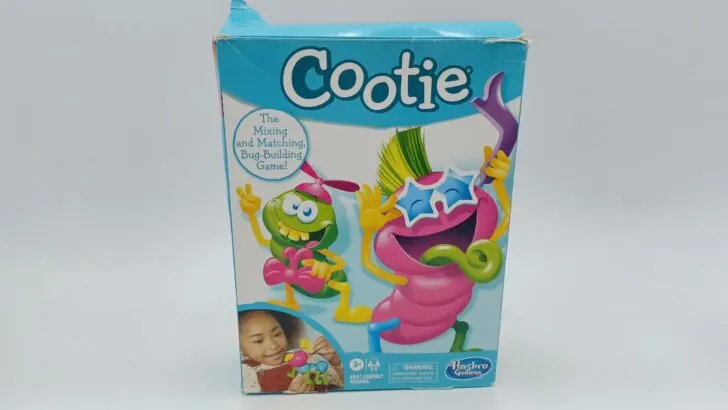


The rules for Cootie have changed some over the years. I will try to point out where the rules have changed between different versions of the game.
The objective of Cootie is to be the first player to completely assemble your bug.
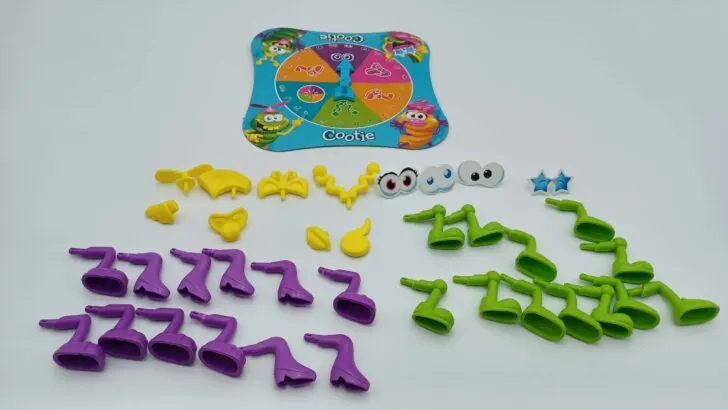
The main gameplay depends on if your version of the game uses a spinner or a die. Most older versions of the game use a die while newer versions use a spinner. You need to follow the instructions based on whether your copy has a spinner or a die.
You will begin each turn by spinning the spinner. The section you spin on the spinner determines what body part you will take on your turn.
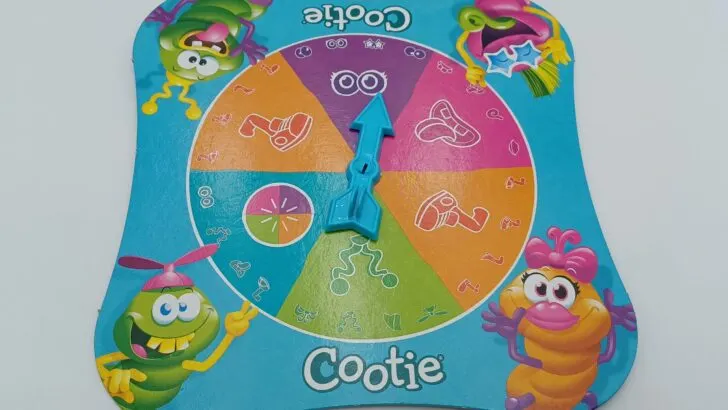
If you do not have the body part that you spun, you will take one of the corresponding pieces from the table and attach it to your bug.
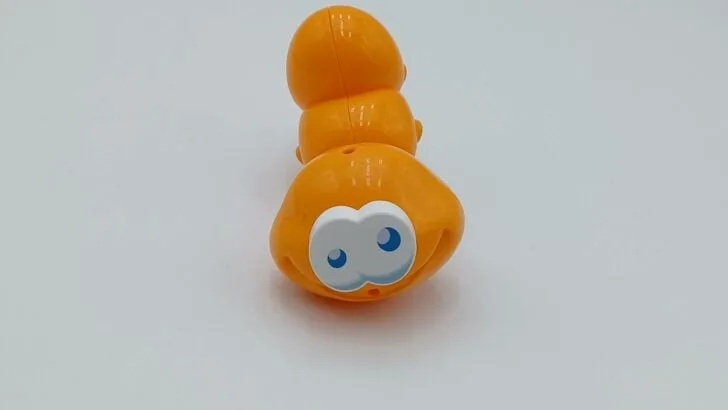
If you already own that piece, you do not get to take a body part on your turn.
There is a Wild Bug space on the spinner. If you spin this space, you can take one body part that you need and add it to your bug.
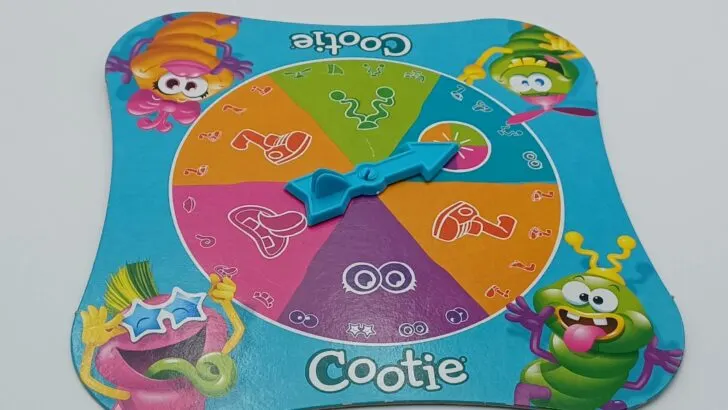
Most versions outside of the newest editions use a die.
On your turn you roll the die. The number you roll on the die determines what body part you get to take on your turn.
To start the game you need to acquire your body. To acquire your body you need to roll a one on the die. If you roll any other number on the die, you do not get to take any body parts.
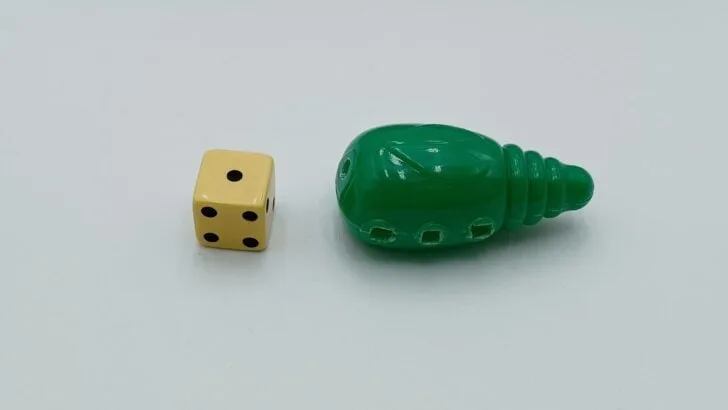
After you have acquired your body, you then need to try and acquire your head. To acquire your head you need to roll a two. You cannot acquire any other body parts until you have your body and head.
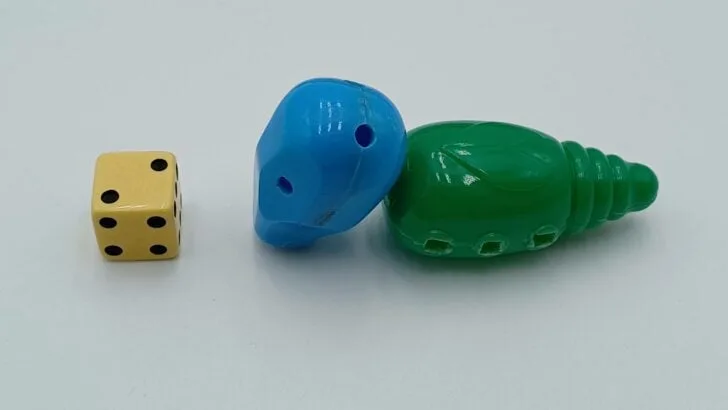
You can then try to acquire the rest of your required body parts. What part you get to take with each die roll is as follows:
If you roll a body part that you still need, you will add it to your bug. Should you roll a body part that you no longer need, you will not take any parts on your turn.
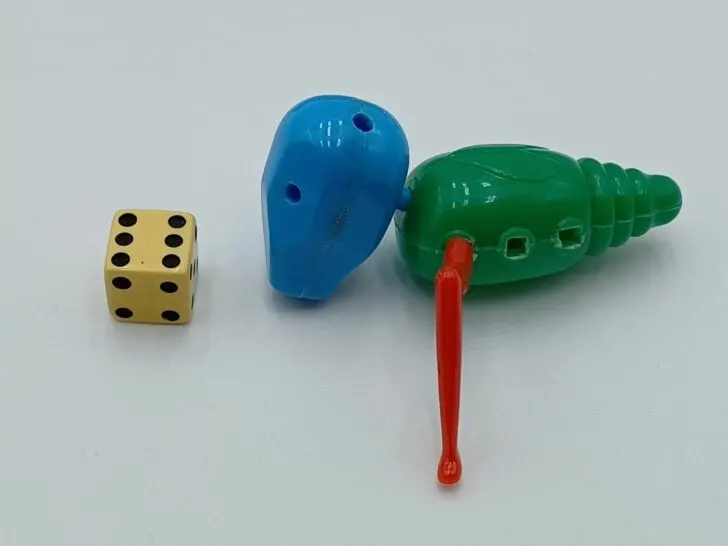
Some older versions of the game allow you to roll the die again whenever you acquire a new body part. Other versions only allow you to collect one piece on your turn.
After your turn ends, play passes to the next player in turn order.
The game ends when one of the players complete their bug. To complete a bug depends on what version of the game you have.
The first player to complete their bug wins.
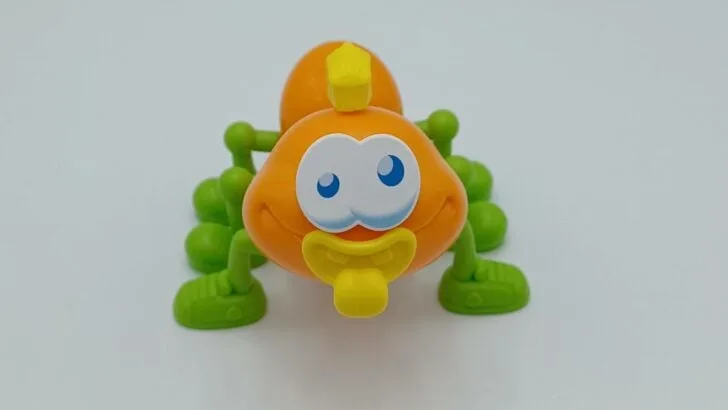
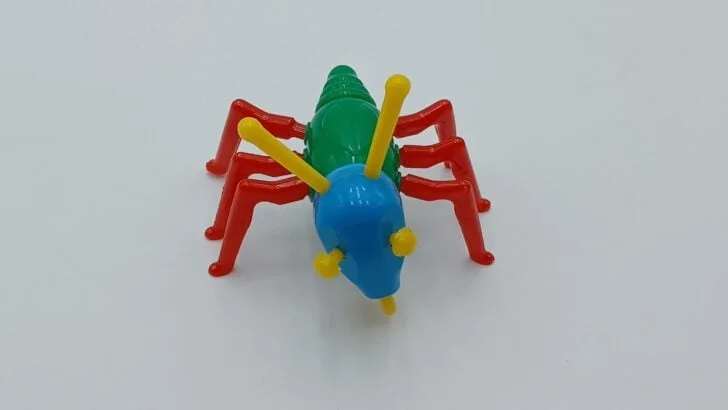 Winning in an older version of the game." width="728" height="410" />
Winning in an older version of the game." width="728" height="410" />
Whenever you spin/roll a bug part that you don’t need, you can choose to keep the part that you already have. Otherwise you can ask another player that has the same part whether they want to trade pieces. If they agree, both players swap pieces.
In this variant game you only start the game with a body. To start the game you need to first acquire your head. The only way to do that is to spin the Wild Bug section of the spinner.
If you spin a part other than the head, you do not get to take a piece on your turn.
Once you acquire your head, you can acquire the rest of the body parts that you need.
If you have any questions about how to play the game, leave a comment below on this post. I will try to answer any questions asked as best and as quickly as possible.
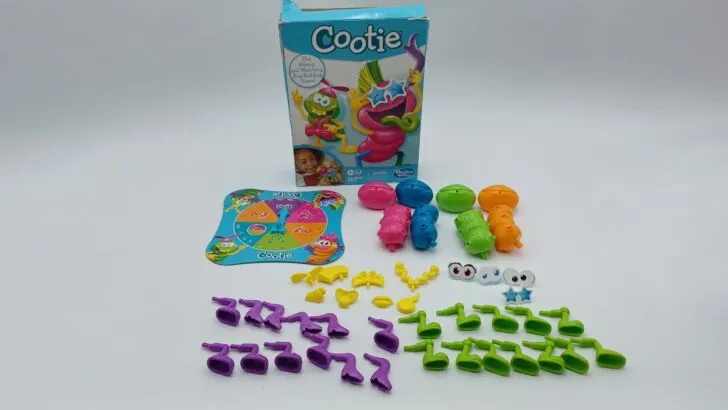
The components included with the game depends on the version of the game.
Year: 1927 | Publisher: Hasbro, Milton Bradley, Schaper | Designer: William Schaper
Genres: Children’s, Dice
Ages: 3+ | Number of Players: 2-4 | Length of Game: 20 minutes
Difficulty: Light | Strategy: Light | Luck: High
For more board and card game rules/how to plays, check out our complete alphabetical list of card and board game rules posts.
Eric Mortensen is an owner and head writer on Geeky Hobbies since 2014. He is an avid board game player and collector with over 3,000 board and card games in his collection. Since 2014 he has written more than 1,100 board game how to play guides.